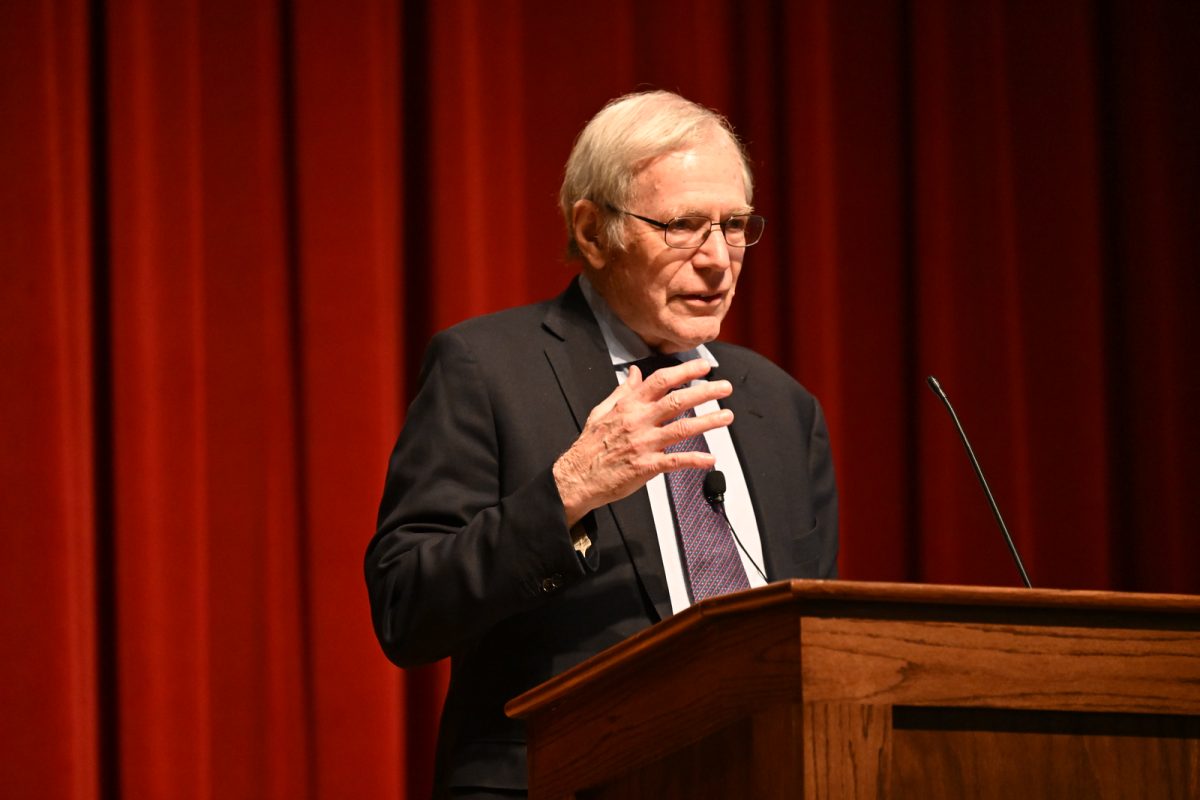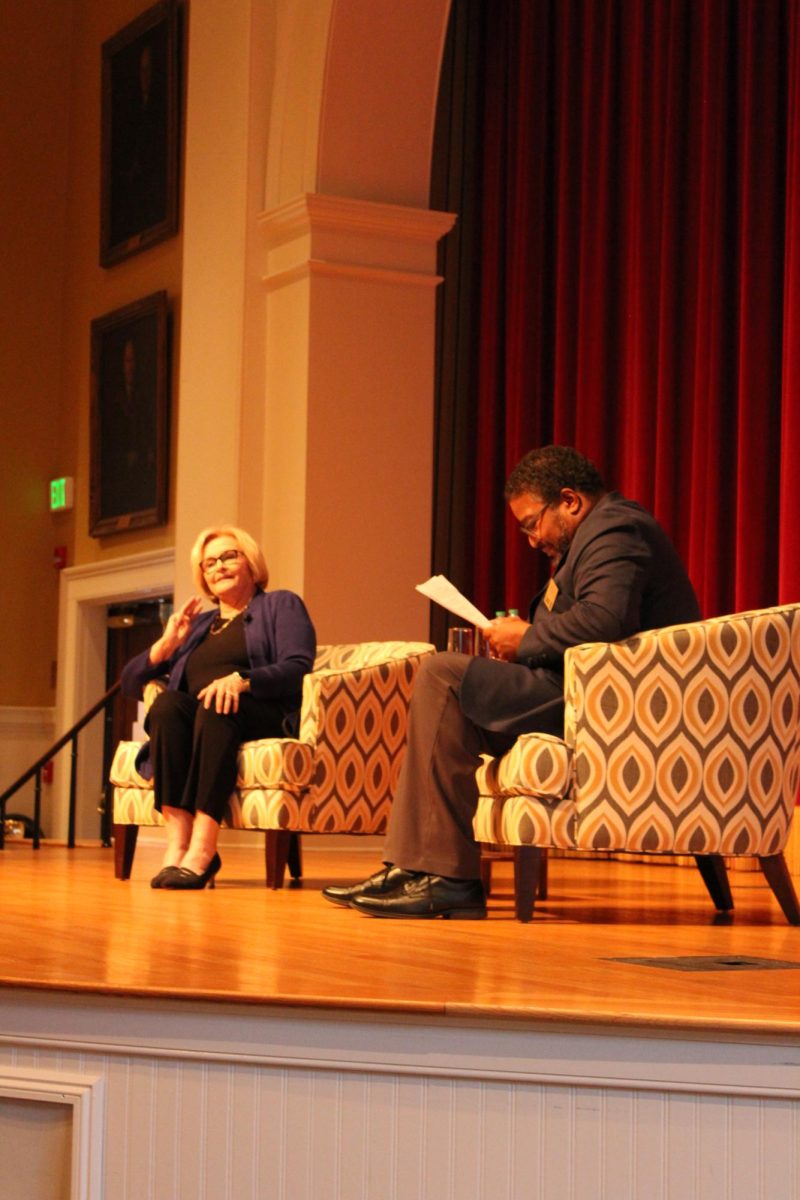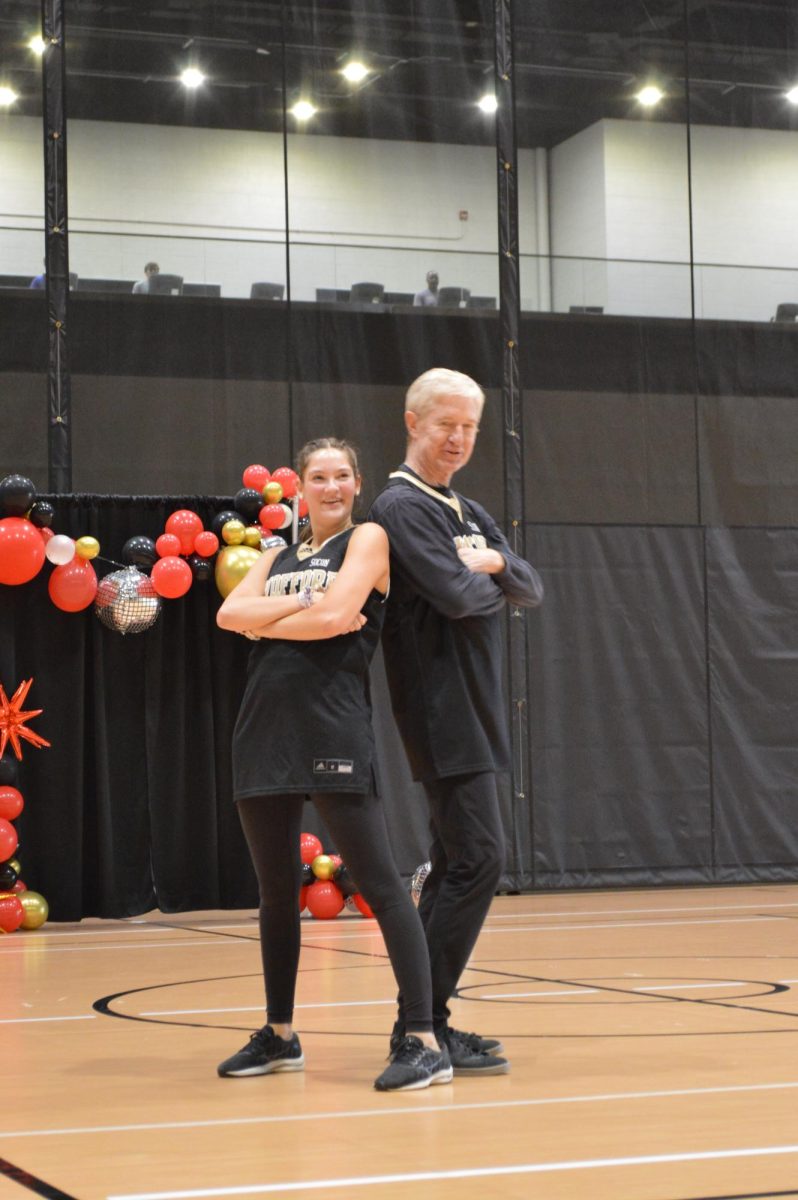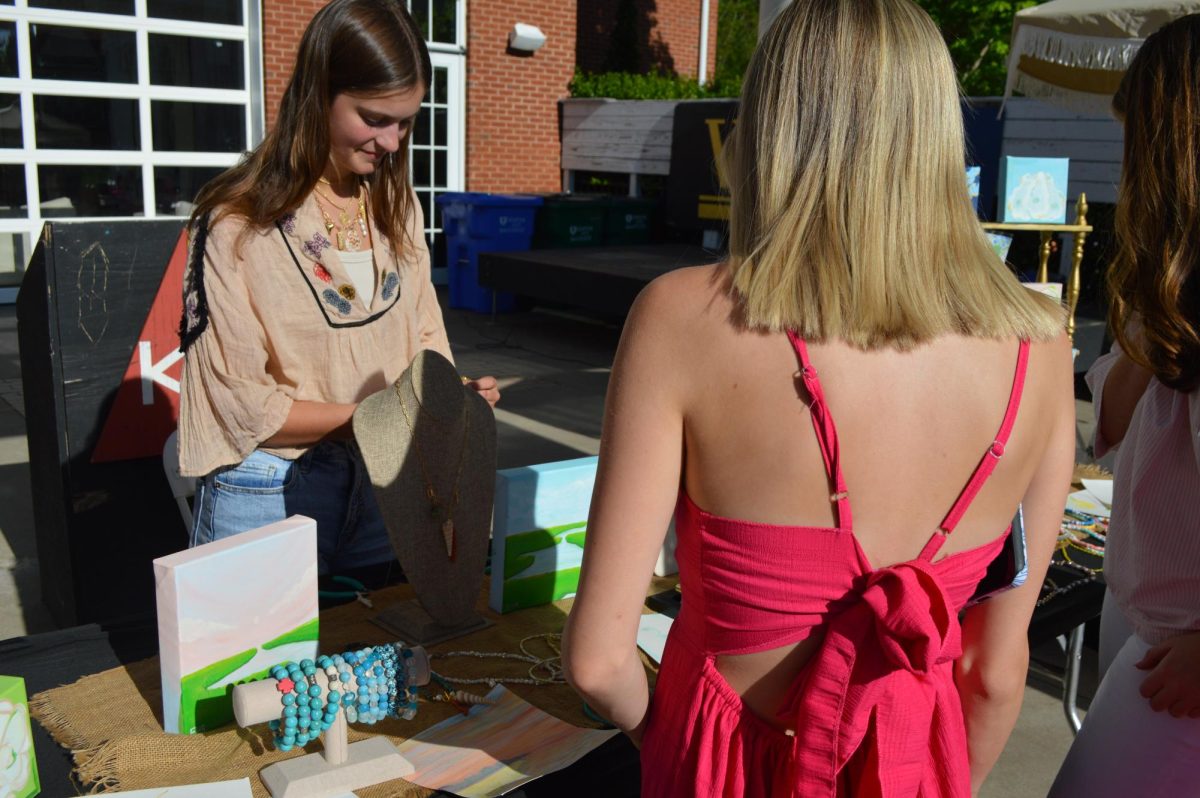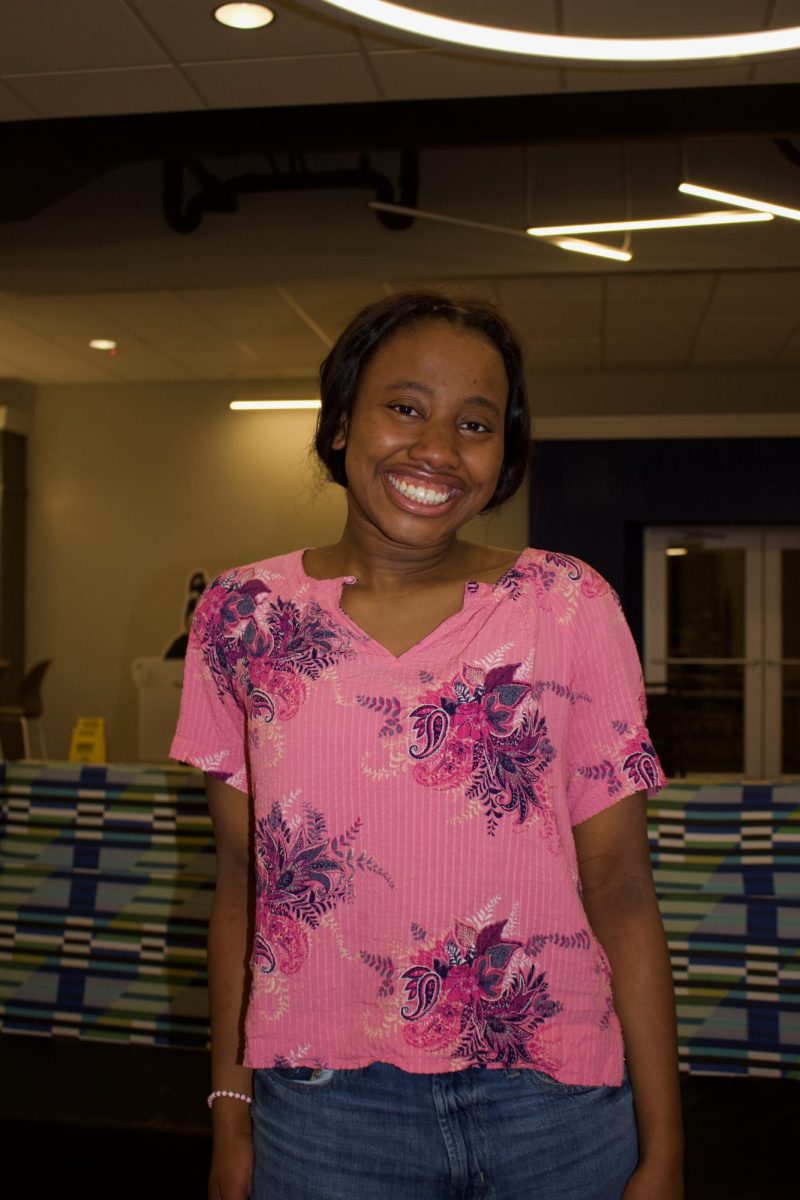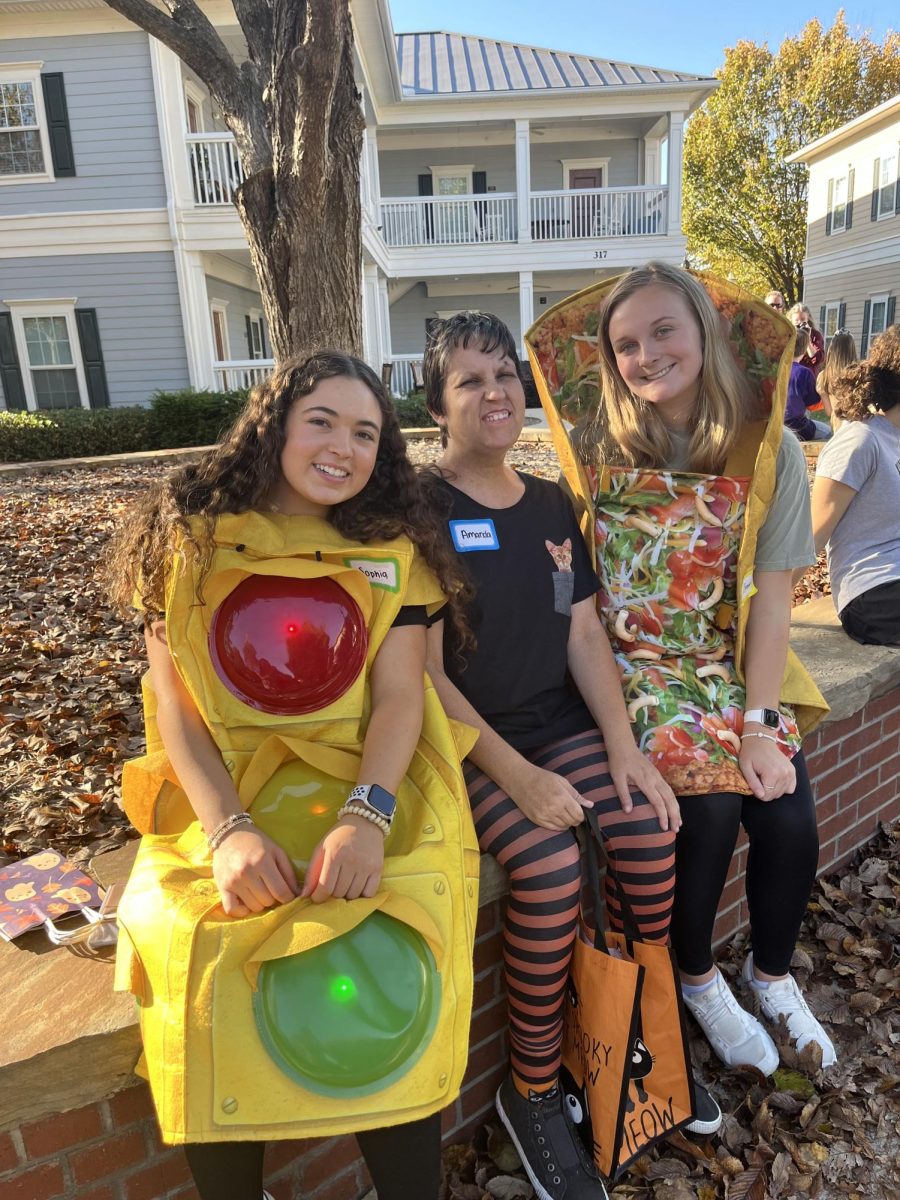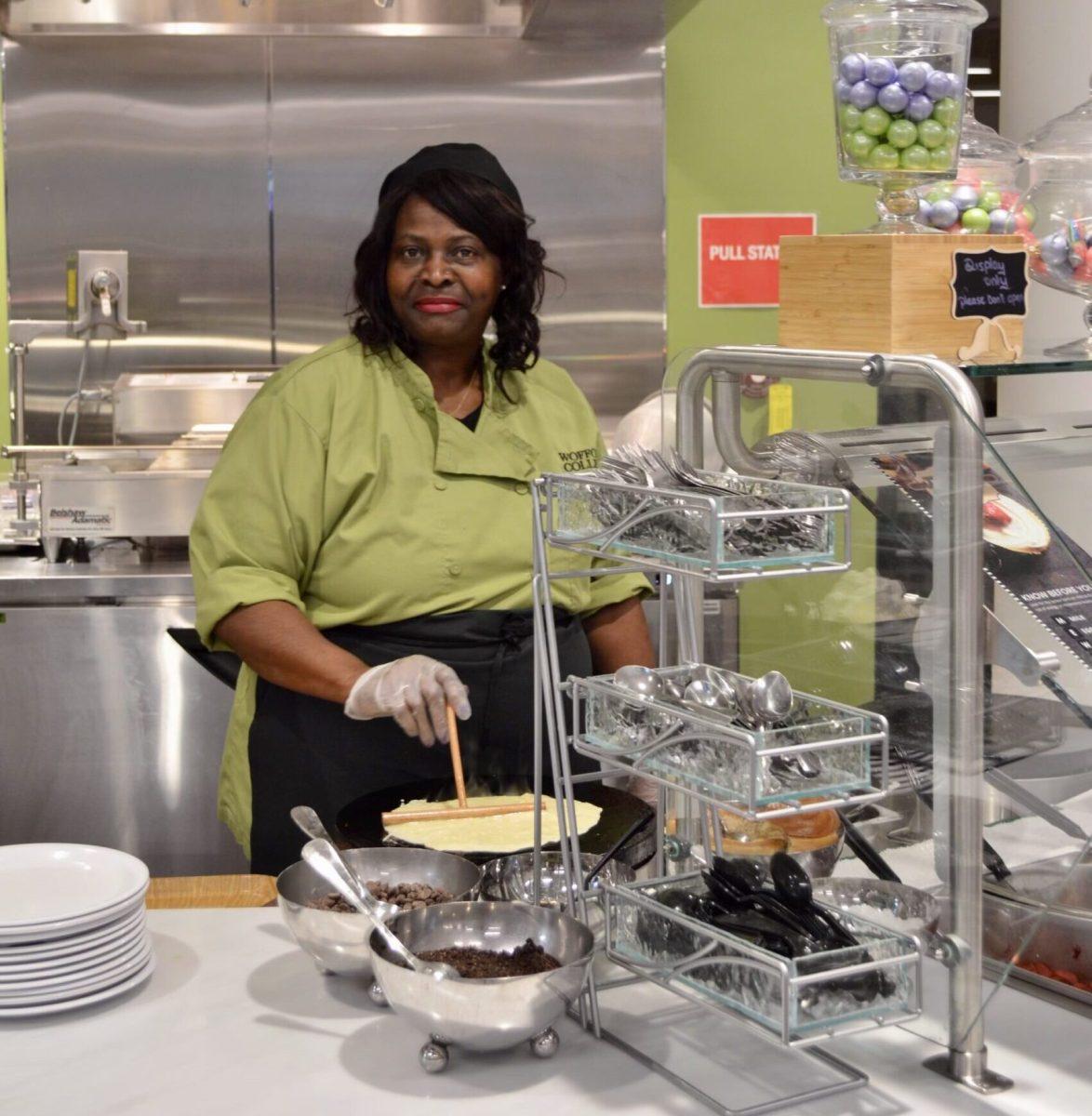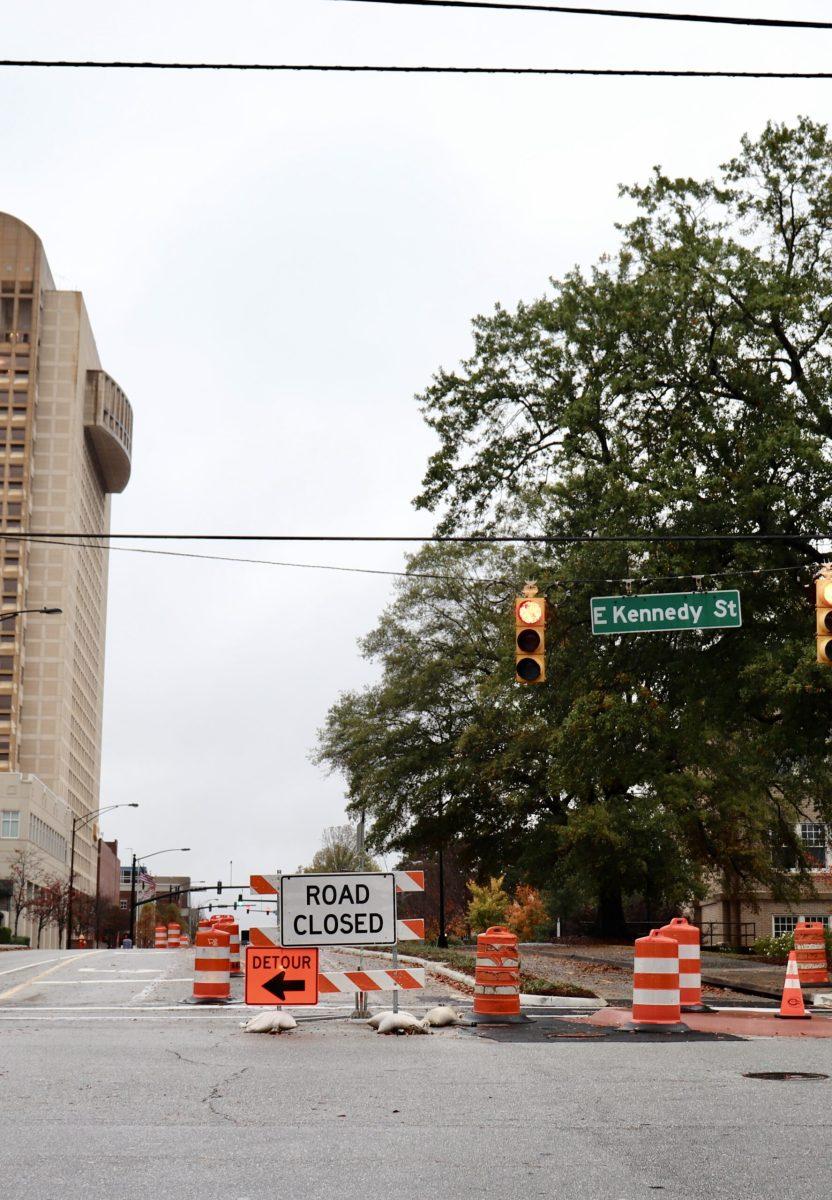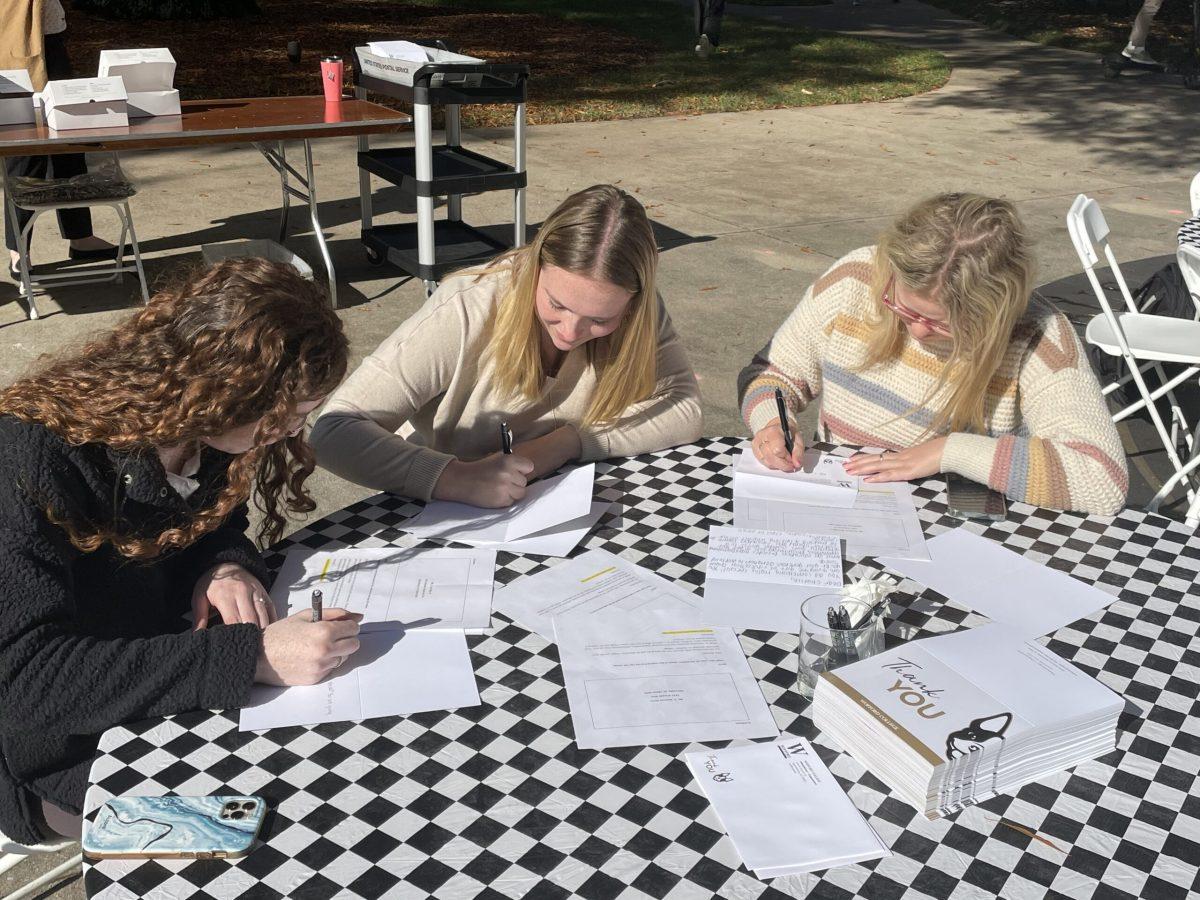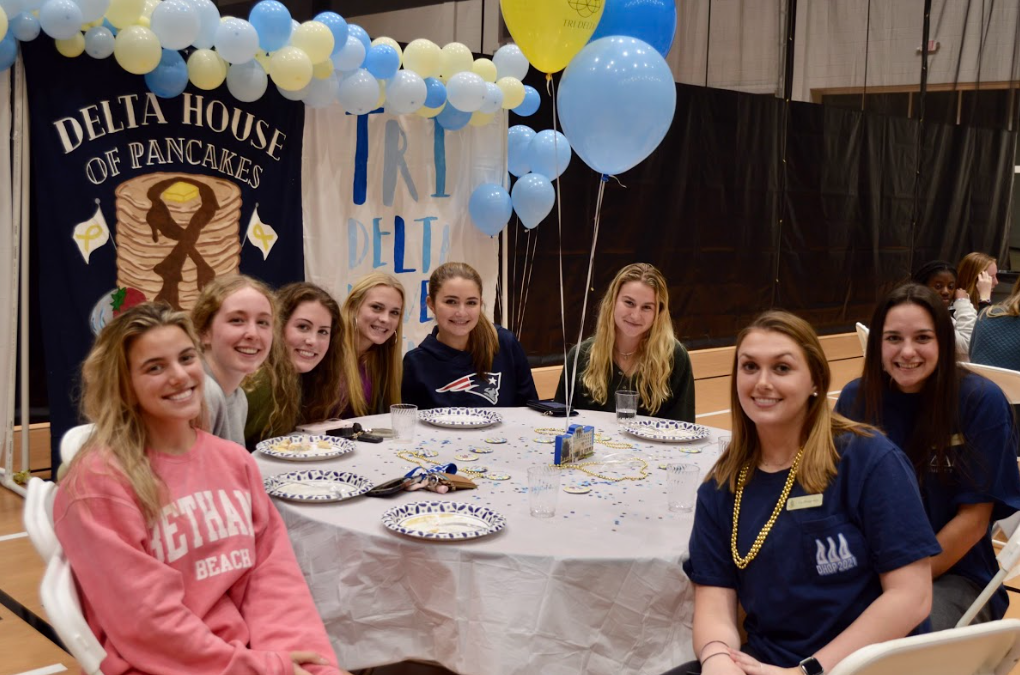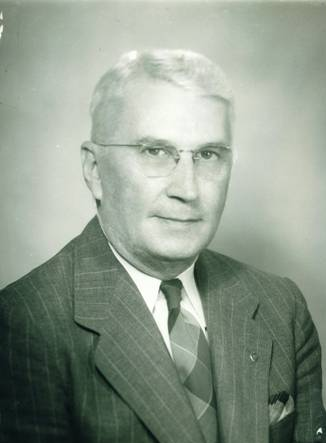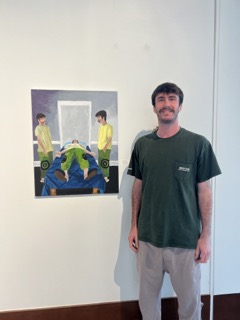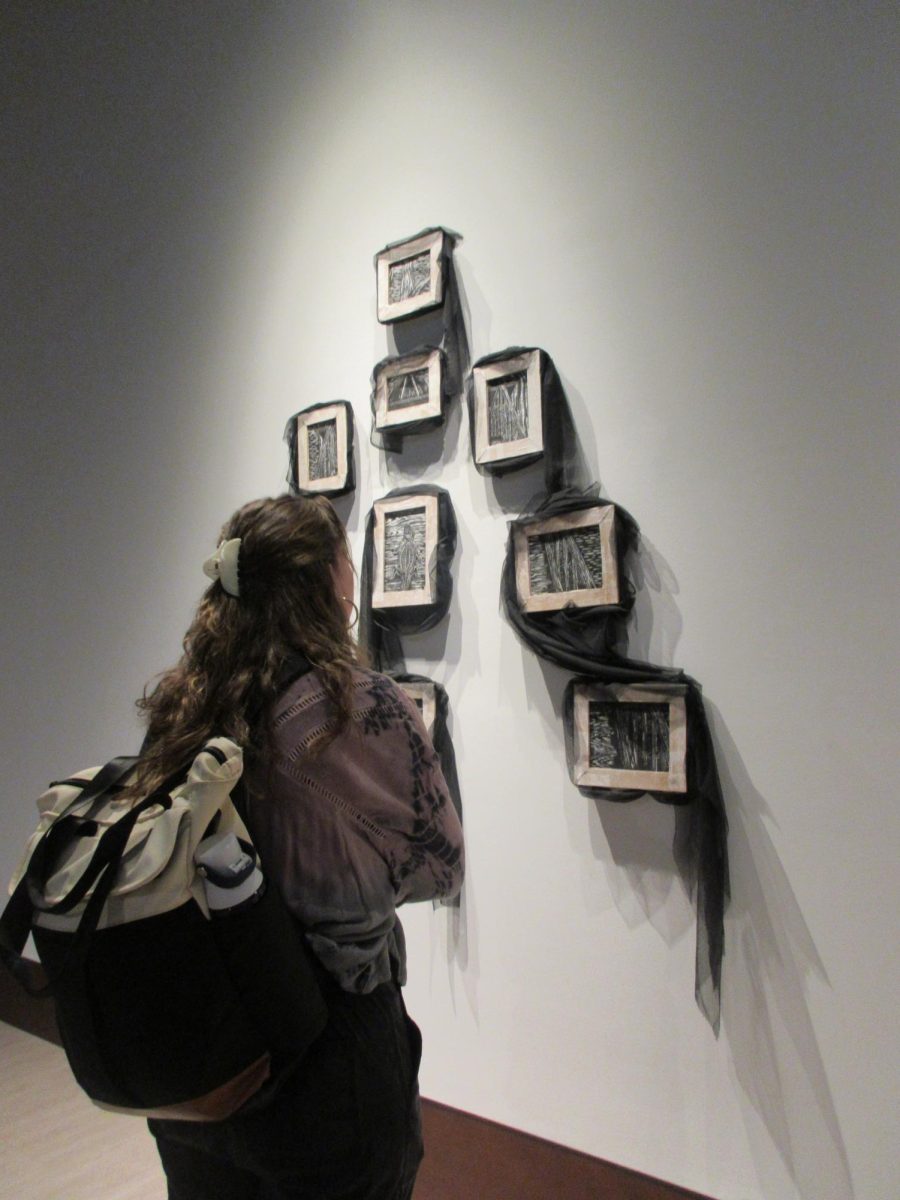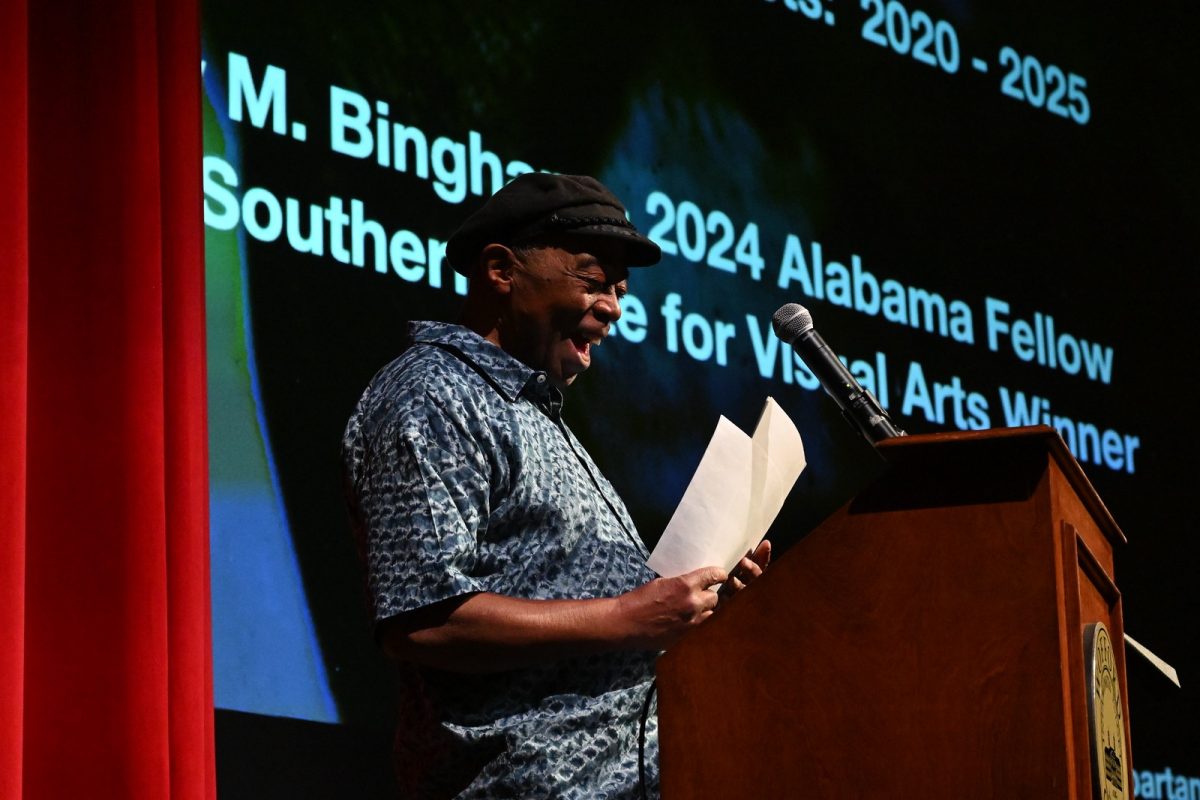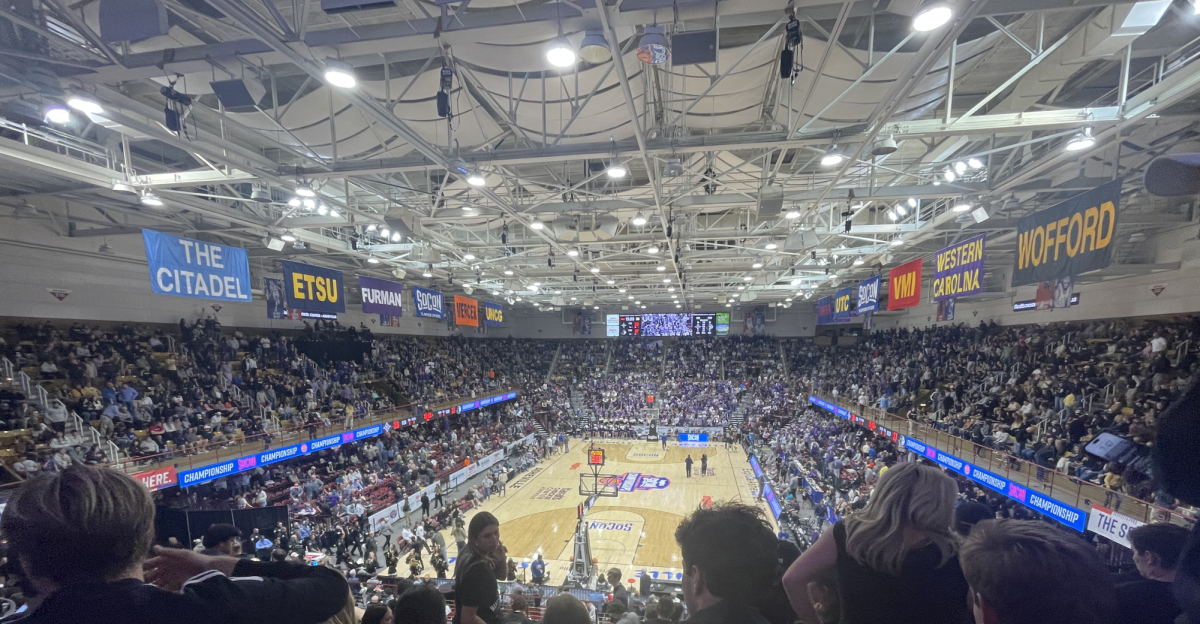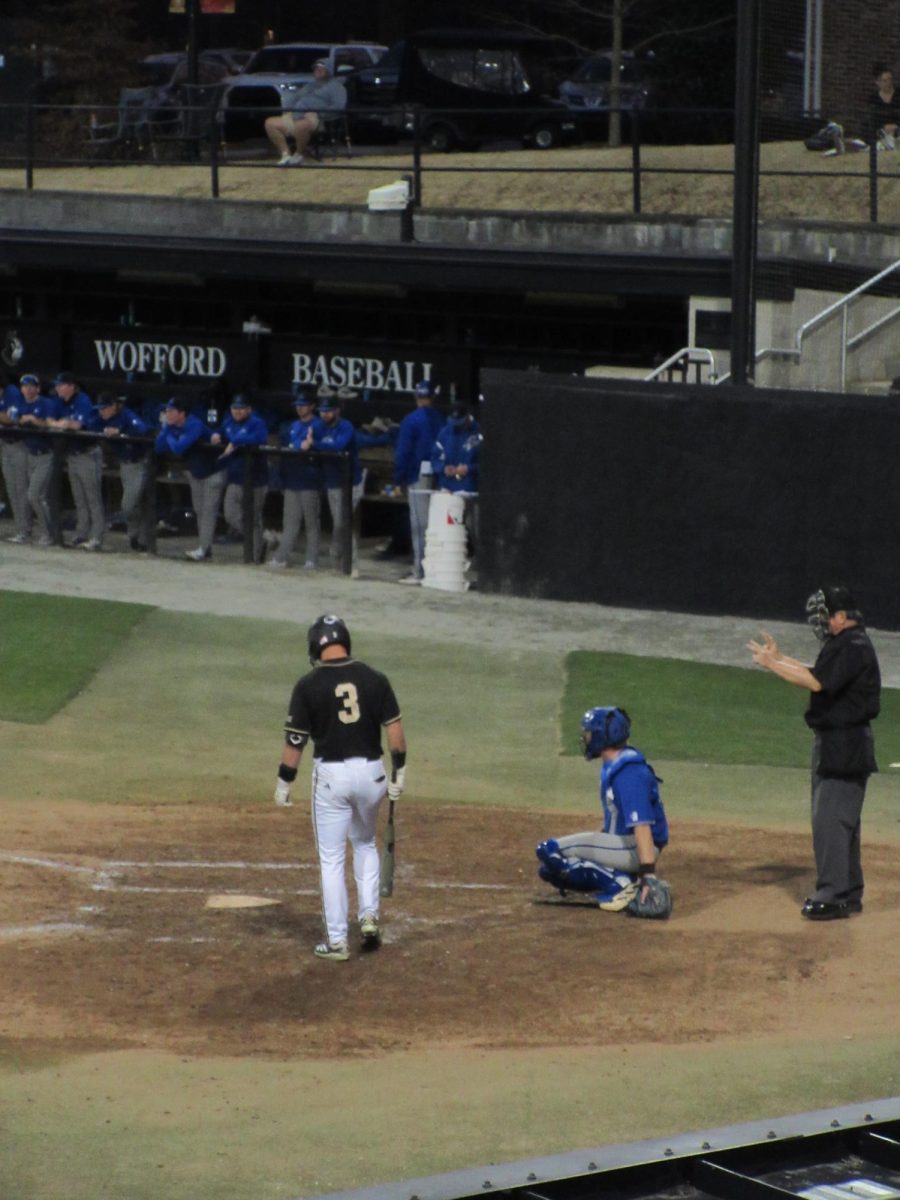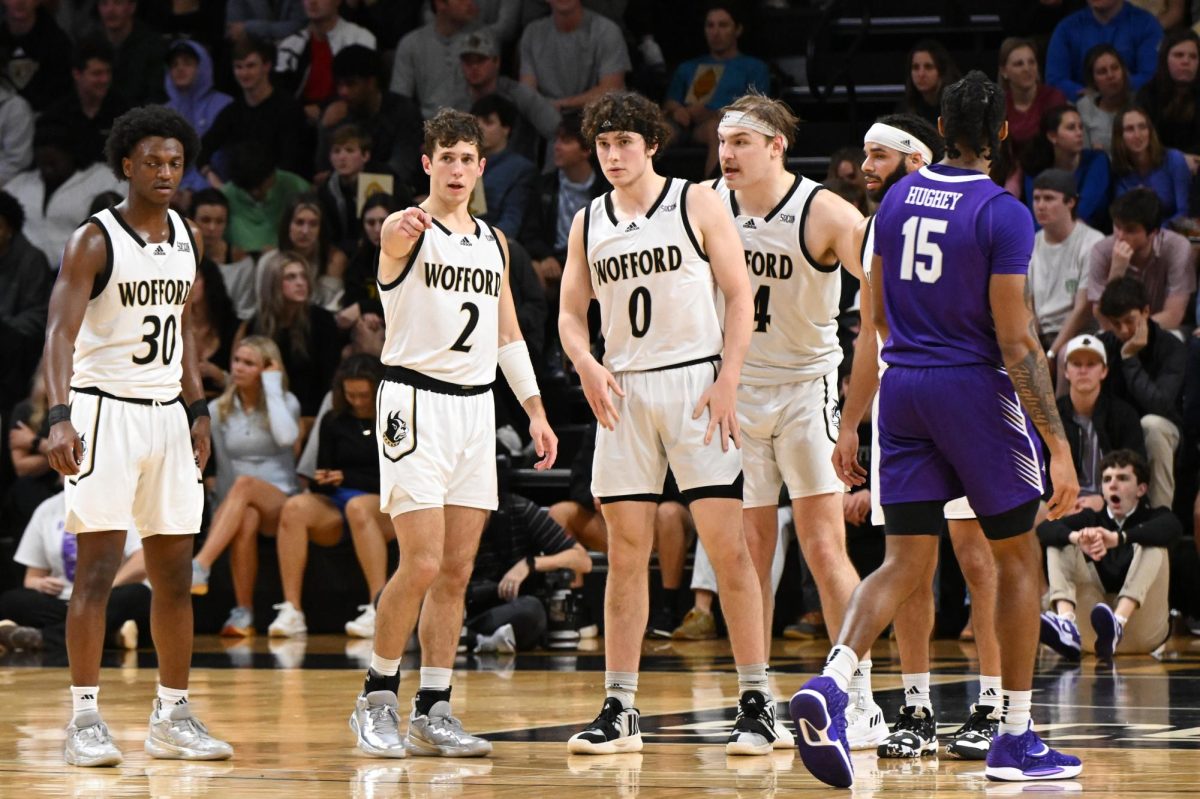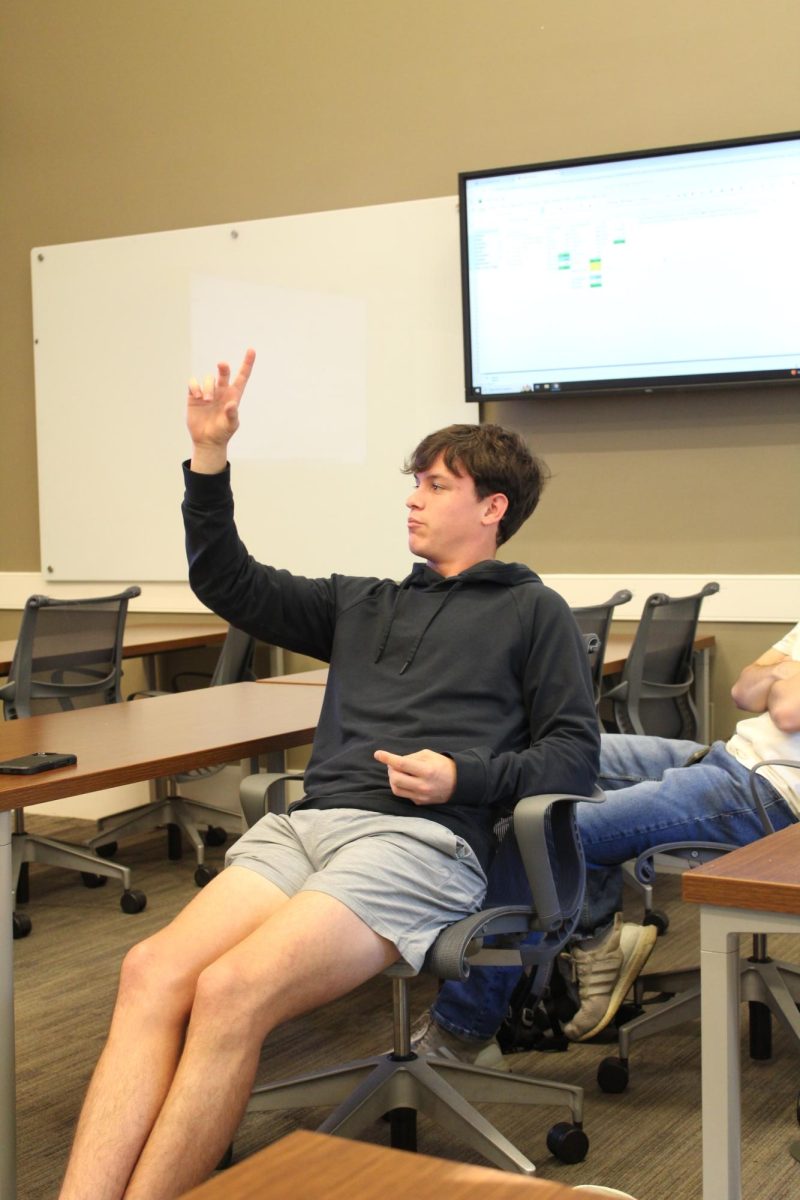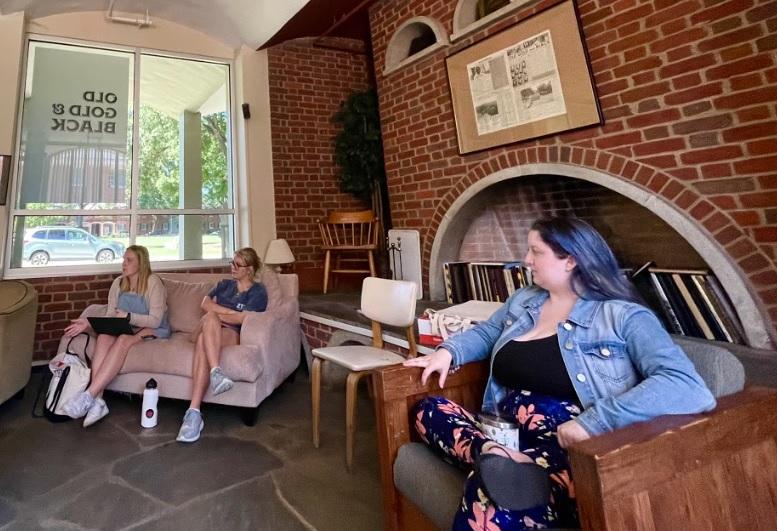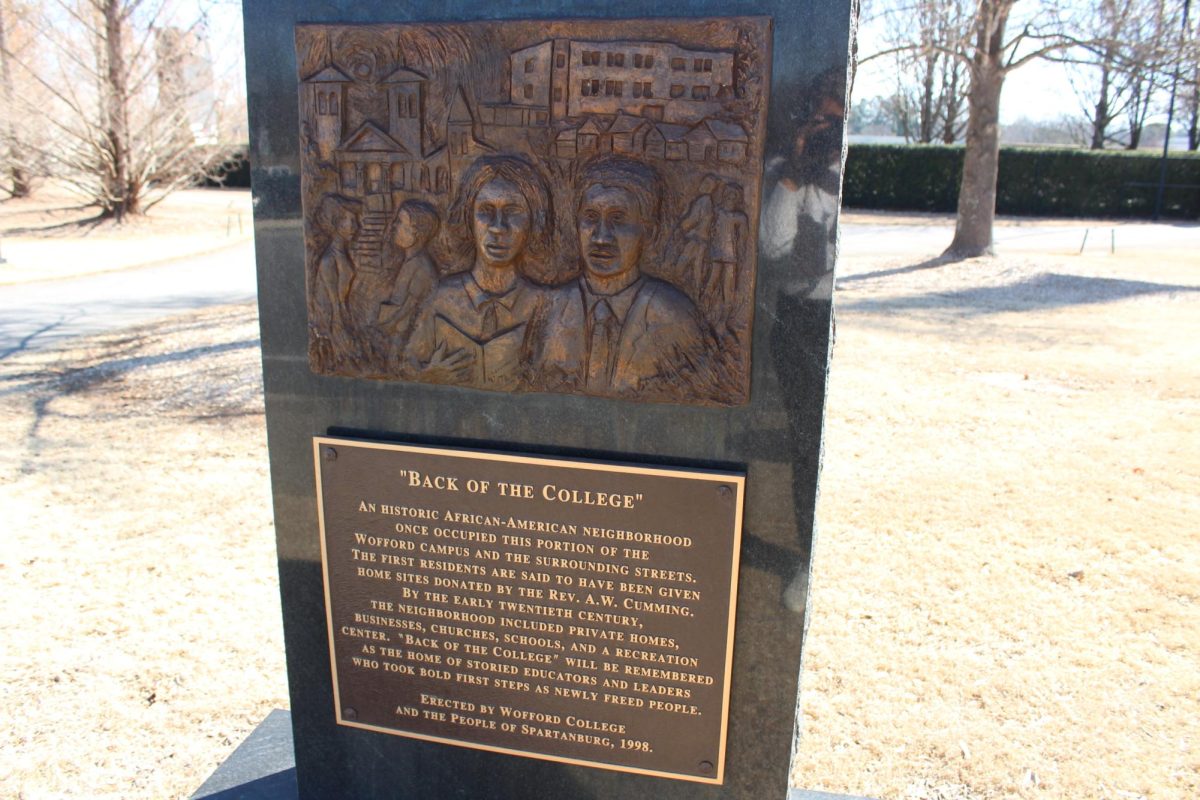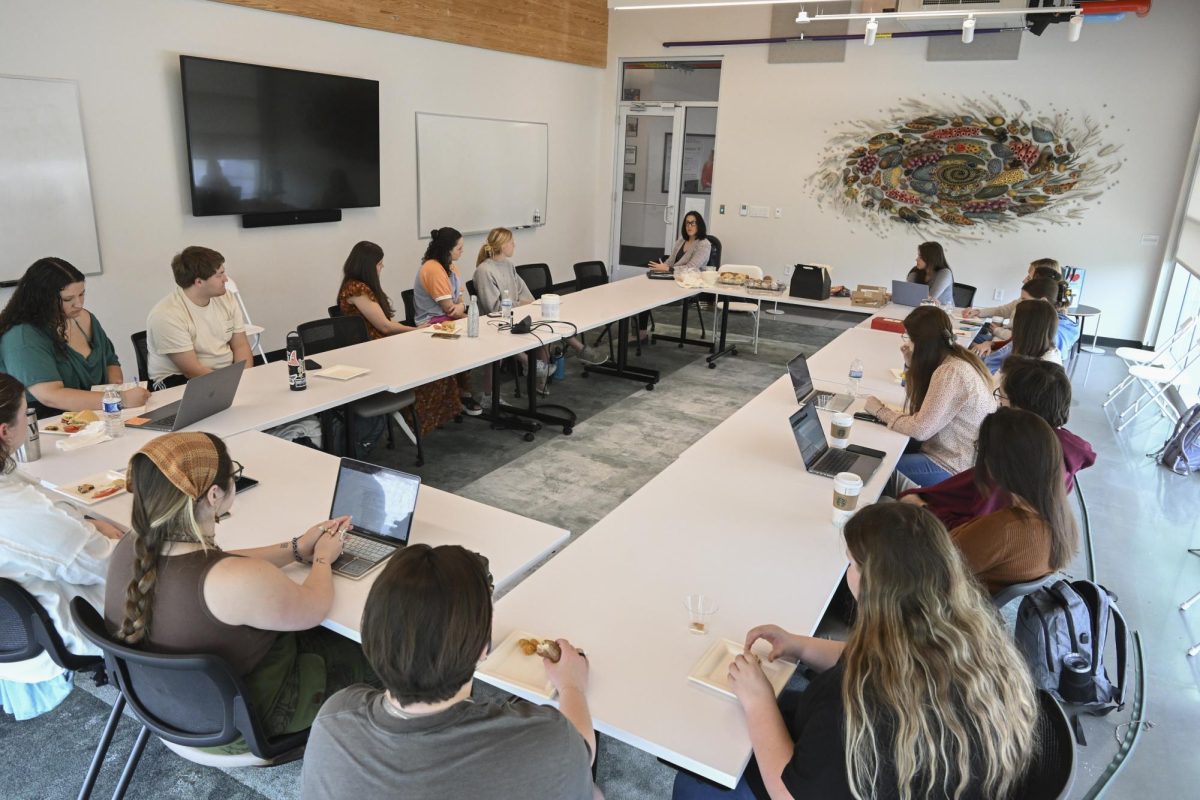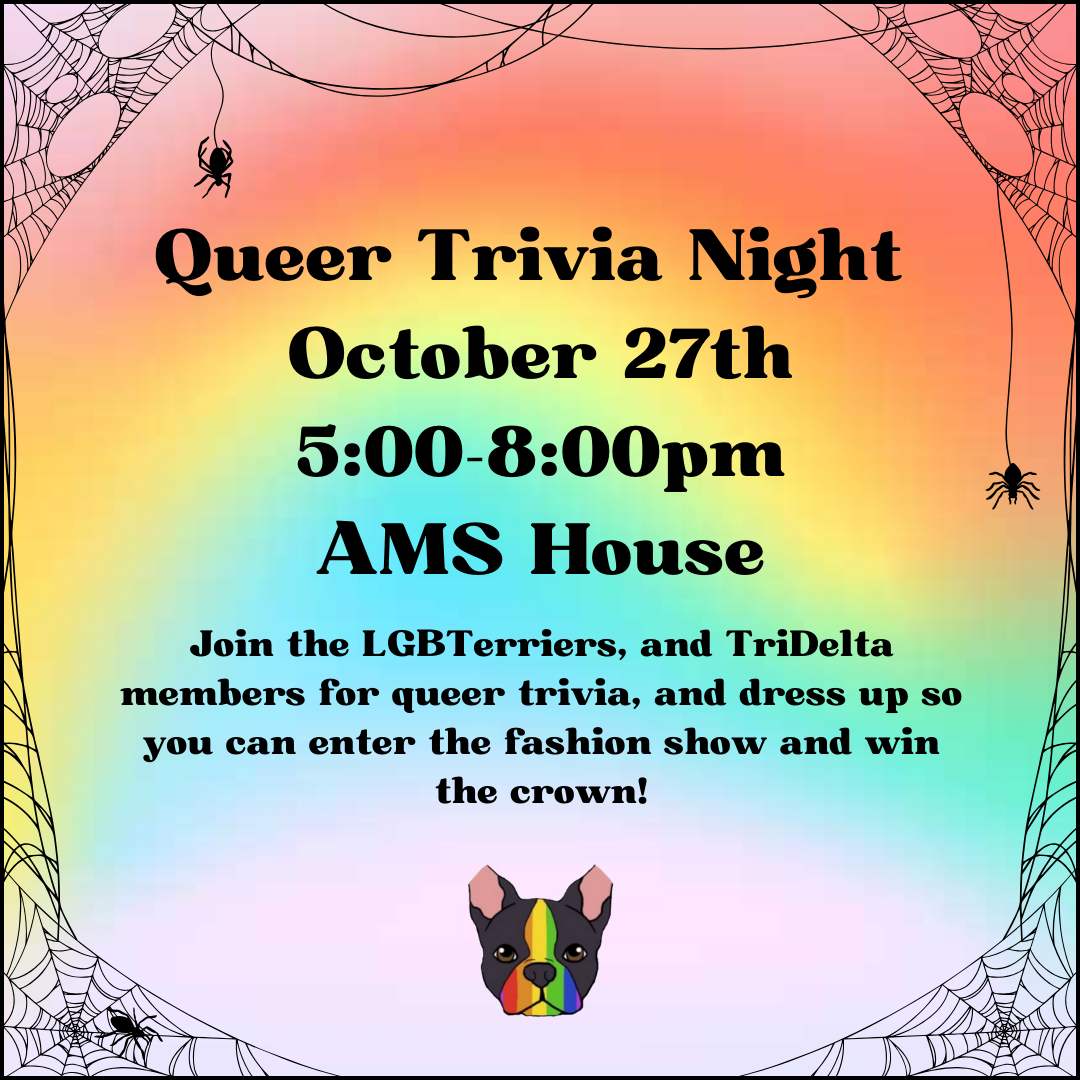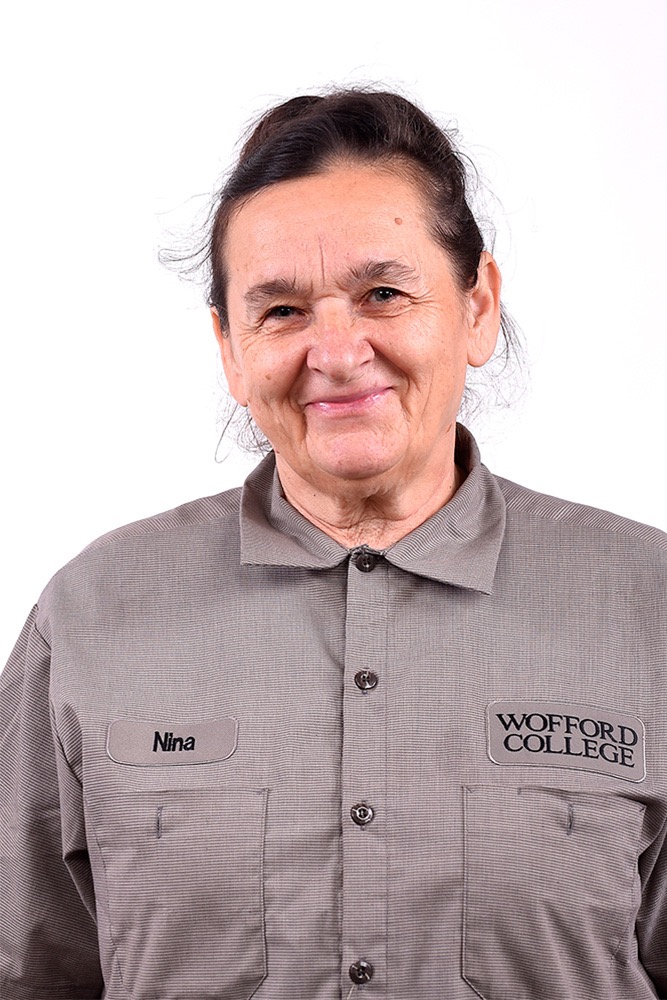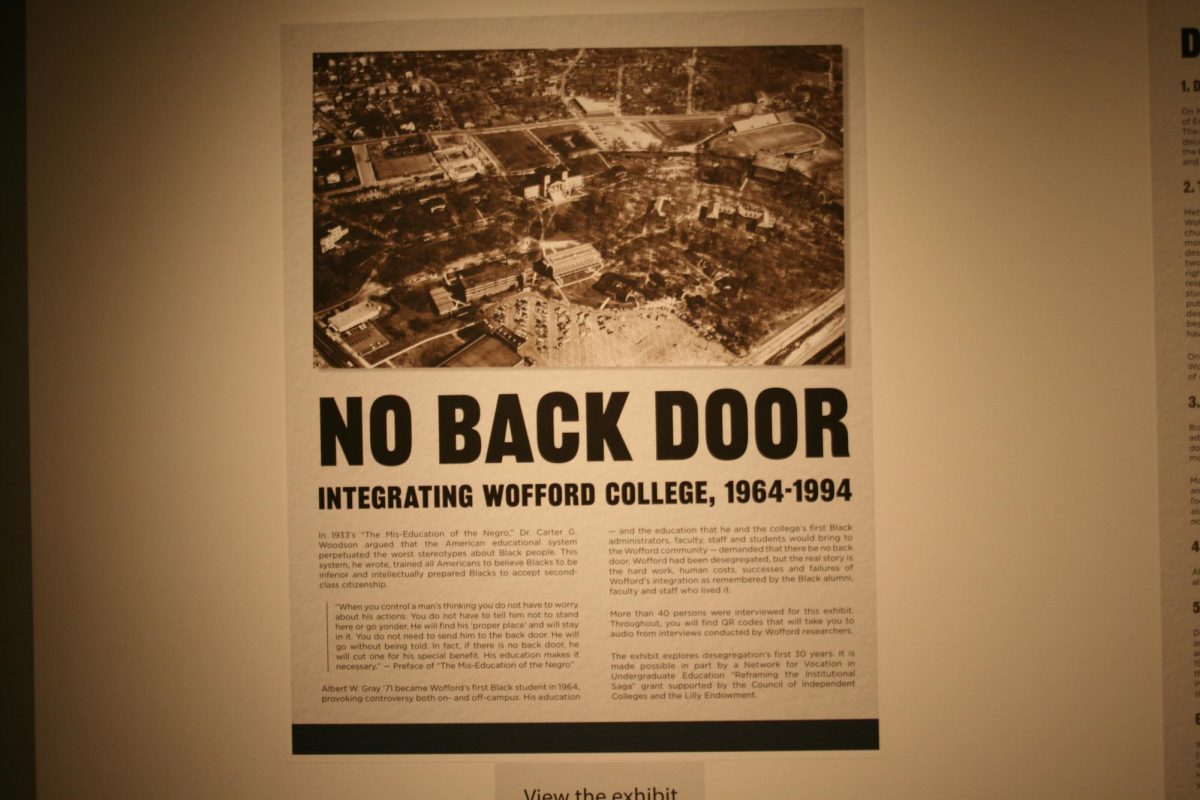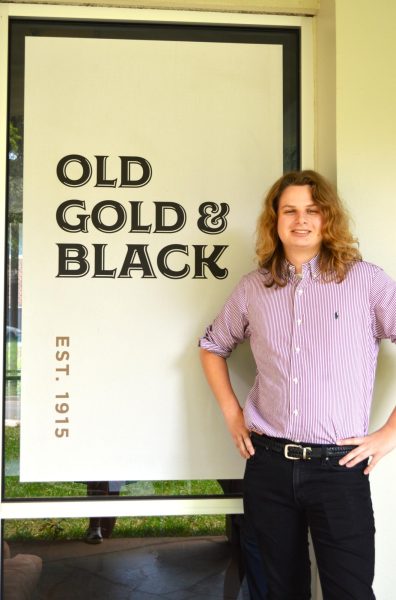On the grounds that students watch football, play tennis or live in as seniors, there used to be a thriving, predominantly Black neighborhood.
Jim Neighbors, professor of English and co-coordinator of the African American studies program, is currently working on a book, “North of Main,” with Brenda Lee Pryce and Betsy Wakefield Tete. This book will deal with Spartanburg’s historic Black neighborhoods, including the Back of the College neighborhood.
“This was a neighborhood that began just after the Civil War by previously enslaved people, who, despite all odds, managed to get enough resources together with other people they knew to begin the process of building a neighborhood,” Neighbors said.
“In many ways, this began with starting Silver Hill Methodist Church, which came together from the efforts of nine formerly enslaved families, some of whom were enslaved by Wofford administration and faculty.”
The neighborhood began and grew from this church. Members of this community at this early stage were working class and would do the work they could to get enough resources together to buy a plot of land and build a house. The community would grow over the next few decades, bringing in additional churches and many new residents.
The neighborhood grew to include businesses that would provide for residents’ general needs and, in 1890, a public elementary school for Black students would be built near where the original Silver Hill Church was built.
“By the 1940s and 1950s, the neighborhood had expanded to at least 800 houses, thousands of residents, multiple churches, businesses, and included the city’s first public high school built for black students, the Cumming Street School,” said Neighbors.
By the mid-century, the neighborhoods had developed into a thriving community with generations of owners and a wide socioeconomic background, including teachers, police officers, fire department officials and business owners.
Many of the interviewees that Neighbors and his co-authors talked to who had grown up in this period described it as a “genuine community where people took care of one another.”
“It was safe, all the children knew they could go anywhere in the neighborhood that they wanted to and be perfectly safe and did so,” said Neighbors. “They really enjoyed living here.”
“In the 1950s, Wofford didn’t have a specific expansion plan at that point, but they had instituted a policy whereby if properties became available they would opportunistically buy the plots,” said Neighbors. “If they did and there was no one living in that house, the school would tear the house down and leave a green space.”
The process began with Wofford buying just a few houses every year or two from the Back of the College neighborhood. But Neighbors described that this process compounded as more and more plots were left empty.
“The children raised in this neighborhood, after they became educated and were looking to settle, would return and see that there were fewer and fewer houses, and they would leave because they didn’t see this neighborhood having a big future,” said Neighbors.
According to Neighbors’ research, by the 1980s, Wofford’s opportunistic buying of properties had played a significant role in the decline of the neighborhood. This led to abandoned or vacant properties and the emergence of crime, which made it less safe. Even still, there were many residents unwilling to sell or who were still renting in the area.
The late 1980s also was the period in which Wofford began to make specific plans to expand, the first example of which was the tennis court facility. Some of the remaining residents protested but could not do more than slow down the projects that Wofford had in mind.
From then to today, Wofford acquired the land to build the Village, the Michael S. Brown Village Center, Gibbs Stadium and the Jerry Richardson Indoor Stadium. Currently, only one residential house remains standing, located right behind the Village. Wofford purchased this house in 2022, along with the Cumming Street School building and the former Trinity AME Church, which is now used by Wofford’s studio art program.

